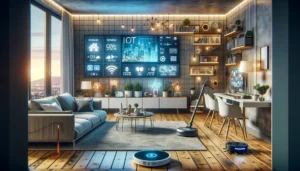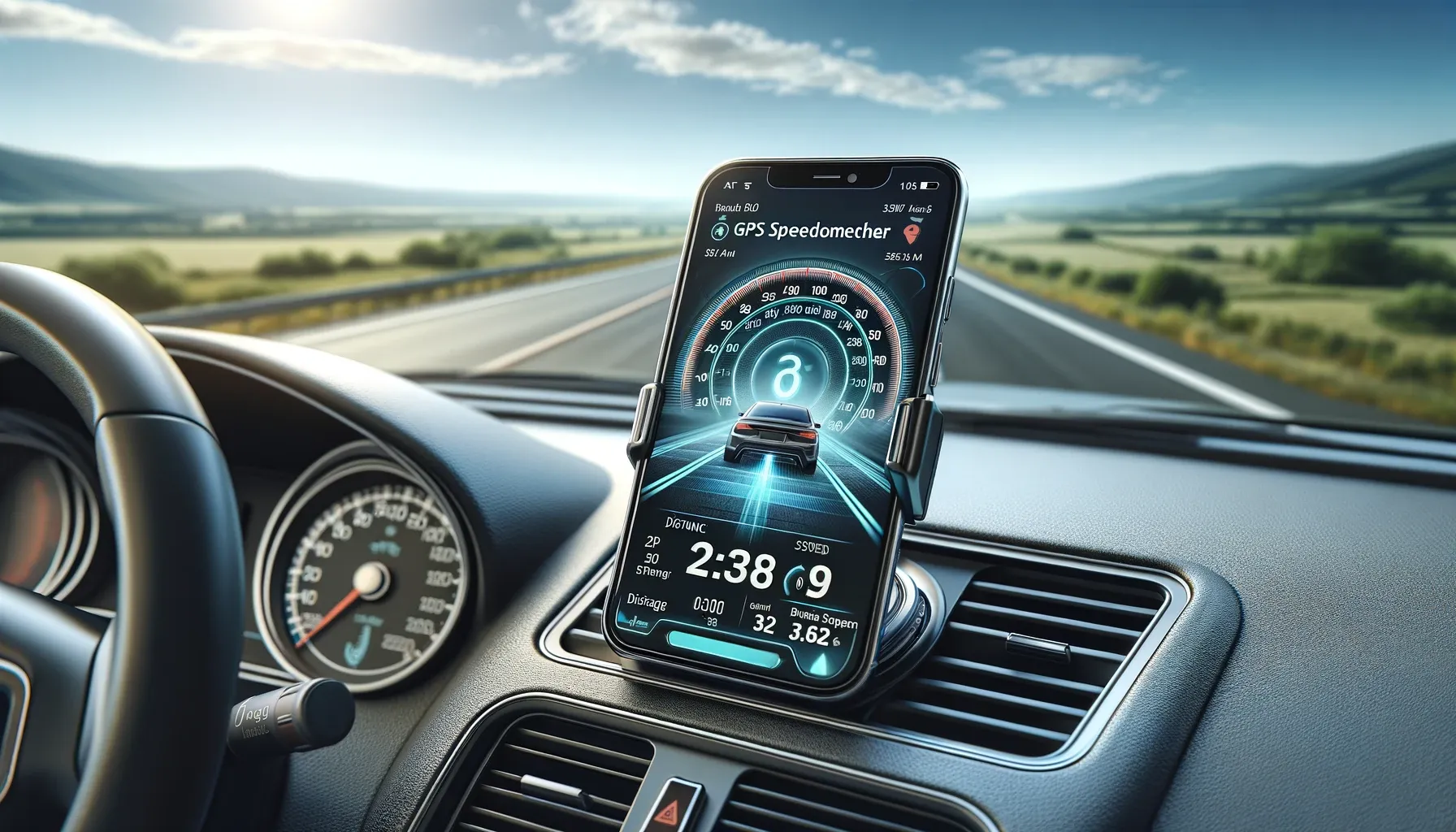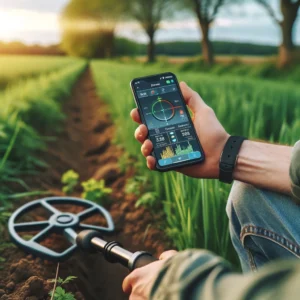In an increasingly connected world, the Internet of Things (IoT) has emerged as a transformative force, redefining the way we live, work and interact with the environment around us. By infusing intelligence into common, everyday objects, from household appliances to transportation systems, IoT is facilitating an era of unprecedented convenience and efficiency.
What is the Internet of Things?
The Internet of Things, or IoT, refers to the network of physical devices that contain embedded technology to communicate and interact with their internal and external environments. These devices, often called “smart things,” can be anything from wristwatches and refrigerators to automobiles and entire buildings. The core of IoT is the ability of these devices to collect, send and receive data, allowing them to operate semi or fully autonomously.
The Transformation of Living and Working Spaces
The incorporation of IoT devices into homes and workplaces is fundamentally altering our interaction with technology. In the home environment, home automation systems allow homeowners to remotely control aspects such as temperature, security and lighting. Imagine adjusting the thermostat or checking your phone's security cameras while you're at work or even in another country.
In the workplace, IoT significantly optimizes operations, with sensors in warehouses and supply chains monitoring inventories, product location and environmental conditions, improving efficiency and reducing waste. In offices, intelligent systems adjust lighting and air conditioning, increasing comfort and reducing energy costs.
The Benefits of IoT
Implementing IoT brings a series of tangible advantages:
- Improved Efficiency: By automating tasks and enabling remote device management, IoT can significantly increase efficiency, both at home and at work.
- Energy saving: Smart systems can optimize the use of resources such as electricity and water, contributing to environmental sustainability and reducing utility bills.
- Security Improvement: IoT devices such as smart security cameras and alarm systems can offer enhanced levels of security, with real-time monitoring and automatic incident notifications.
- Convenience: The ability to control devices remotely or have them operate automatically brings invaluable convenience to everyday life, allowing people to focus on other activities.

The Challenges and Considerations of IoT
Despite its many benefits, implementing IoT is not without its challenges. Cybersecurity is a significant concern as the interconnection of devices increases points of vulnerability to cyberattacks. Data privacy is also a critical issue, given the volume of personal information that IoT devices can collect and transmit.
Additionally, there is the issue of interoperability between devices from different manufacturers, which can limit functionality and convenience for users. Standardization and regulation, therefore, play crucial roles in the healthy development of the IoT ecosystem.
The Future of IoT
As technology advances and challenges are overcome, the potential of IoT continues to expand. With the introduction of faster, more reliable networks like 5G and advances in artificial intelligence and machine learning, IoT devices are becoming increasingly sophisticated and capable.
IoT promises to not only transform the way we interact with the devices around us, but also to enable innovations that we cannot yet fully imagine. From smart cities that optimize traffic and public services in real time to healthcare systems that monitor patients remotely and provide valuable data for personalized diagnoses and treatments, the applications are vast and varied.
Conclusion
The Internet of Things is weaving a web of interconnectivity that permeates every aspect of modern life. By transforming ordinary objects into smart devices, IoT is creating a more efficient, secure and convenient world. However, as we move into this new era of innovation, it is crucial to address challenges related to security, privacy, and interoperability to ensure the future of IoT is as promising as its vision.
As we embrace IoT into our lives, we have the opportunity to shape how this technology evolves. By actively participating in the discussion about ethics, standards and regulations, we can ensure that IoT continues to serve the collective good, improving our lives in ways we are still beginning to understand. The future of IoT is one filled with potential — a horizon where technology and humanity intertwine in increasingly beneficial ways.




